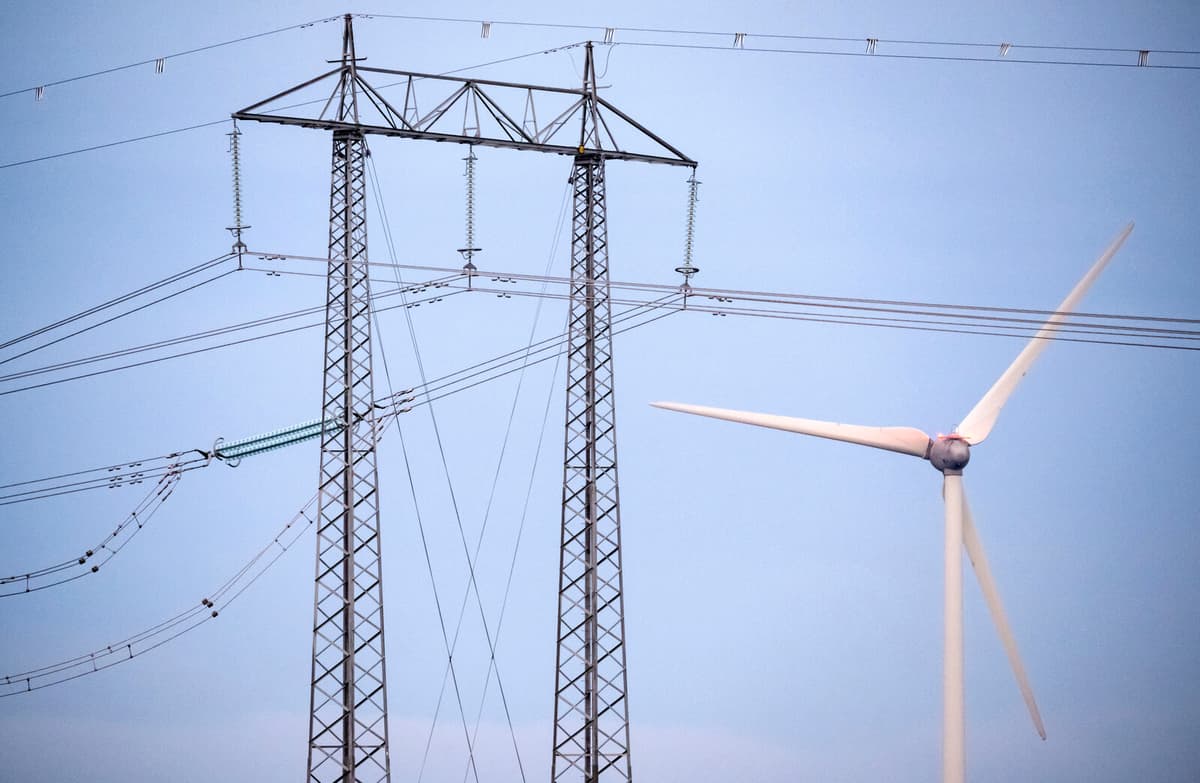The sharply rising electricity prices this week have likely got one or two to think about changing their electricity price agreements.
Most of the country's households, about 57 percent, have so-called flexible agreements, i.e. monthly prices, according to Statistics Sweden (SCB). This price is set based on the average monthly price and is not particularly affected by individual peaks.
One in ten, at the same time, leans towards fixed prices, while an increasing number, 13 percent of all households, around 650,000, instead choose so-called hourly prices according to SCB's measurements. An additional eight percent have a so-called designated agreement, which you get from the electricity company if you don't make an active choice.
The hourly price allows you as a consumer to avoid consuming electricity in connection with daily price peaks. In other words, the electric car is charged at a specific time and the dishwasher only runs at night.
Different alternatives
Many electricity suppliers also choose to market this alternative in connection with price peaks. Thomas Björkström, CEO of the Consumers' Energy Market Agency, notes, however, that you must consider your own situation when it comes to which alternative is best:
It suits customers who have such consumption or can adapt their consumption so that it "hits" the hours when consumption is lowest, then you can save money compared to a flexible agreement, he says to TT.
Thomas Björkström notes that the Consumers' Energy Market Agency does not make any distinction in its guidance to consumers who get in touch regardless of whether electricity prices are high or low. Each household must also consider its own situation, he says:
You should go back to your own household economy and your own margins. How the household consumes electricity and if you have the opportunity to adjust your usage pattern in some way.
When you have that picture clear, then you get to look at the agreement type that suits you best.
Can become more expensive
Thomas Björkström says that a fixed agreement has often been more expensive than a flexible agreement in recent times.
But the advantage of this is that then you know what you'll pay per month. Many households appreciate this.
A flexible agreement, on the other hand, is something for those who want to take advantage of potential price reductions.
Then you must be aware that it can, as now, spike in price at individual periods. Our advice is that you should calculate what happens to your household economy if the flexible agreement goes up one krona per kilowatt-hour in December and have it clear how many more thousand-kronor notes it becomes.
So large a proportion chooses the different electricity agreements:
Flexible agreement: 57.2 percent
Hourly price agreement, 13.4 percent
Fixed agreement, 1-3 years, 10.8 percent
Designated agreement, 8.2 percent
Other agreement forms, 10.4 percent
Source: SCB





